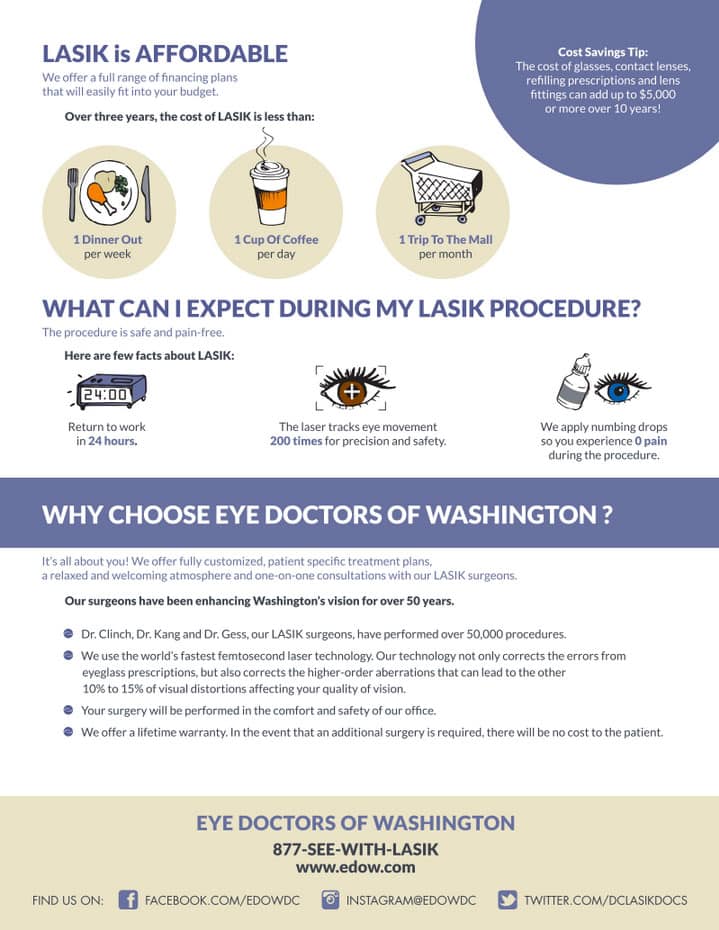If you're dealing with Myopia, you might think it's just an usual hassle. However, when linked web page -6.00 diopters or worse, you get in the world of high Myopia, where the stakes get greater. This isn't almost clearer vision; it has to do with significant threats that might impact your eye wellness. Understanding these differences could be crucial for your health. However exactly how do you know when it's time to act?
Recognizing Myopia and High Myopia
Myopia, commonly referred to as nearsightedness, impacts exactly how you see remote objects, making them show up blurry. This typical vision problem happens when your eye is either also long or your cornea is as well rounded.
If you find yourself scrunching up your eyes to see roadway indications or the board in class, you could be experiencing Myopia. Myopia Control With Contact Lenses is a much more serious form, typically defined as having a prescription of -6.00 diopters or even worse. In this case, far-off objects become much more tough to see plainly.
Both problems can be diagnosed with an easy eye test. If you see your vision intensifying, it's important to seek advice from an eye care professional. They can help establish the most effective corrective choices for your specific requirements.
Threats and Issues of High Myopia
While many people think about high Myopia as just a much more extreme type of nearsightedness, it brings substantial threats and problems that can impact your overall eye wellness.
One major issue is the increased likelihood of retinal detachment, which can bring about long-term vision loss if not dealt with promptly. You could additionally face a higher threat of glaucoma, a problem that damages the optic nerve and can trigger loss of sight if overlooked.
Additionally, https://www.webmd.com/eye-health/cataracts/cataracts-in-babies-and-children might develop cataracts at a more youthful age, influencing your clarity of vision. Macular deterioration, another problem, can affect your central vision and day-to-day activities.
Remaining informed concerning these threats is crucial for maintaining your eye health and guaranteeing you take proactive actions to secure your vision.
When to Seek Professional Aid for Vision Adjustments
Have you observed any changes in your vision that appear unusual? If you're experiencing blurred vision, consistent frustrations, or problem focusing, it's time to seek specialist help.
Don't neglect signs and symptoms like seeing halos around lights or sudden flashes of light, as these could suggest severe issues. If your vision seems to intensify rapidly, particularly if you have high Myopia, do not wait.
Arrange a visit with an eye treatment professional promptly. Early treatment can prevent further complications and maintain your sight.
Count on your reactions-- if something doesn't feel right, it's better to be secure than sorry. Keep in mind, routine eye exams are necessary, especially if you see any modifications in your vision.
Prioritize your eye health and wellness and take action quickly.
Verdict
In summary, understanding the distinctions between Myopia and high Myopia is essential for your eye health. If you have high Myopia, stay sharp to potential threats and complications that can develop. Do not ignore any type of uncommon vision modifications-- acting quickly can make a considerable distinction in avoiding serious concerns. Regular eye tests are vital, so make certain you set up one and keep your eyes healthy. Your vision is very important, and taking positive actions can help shield it.
